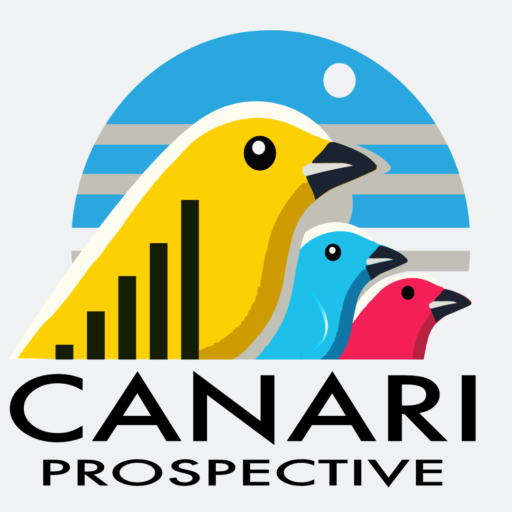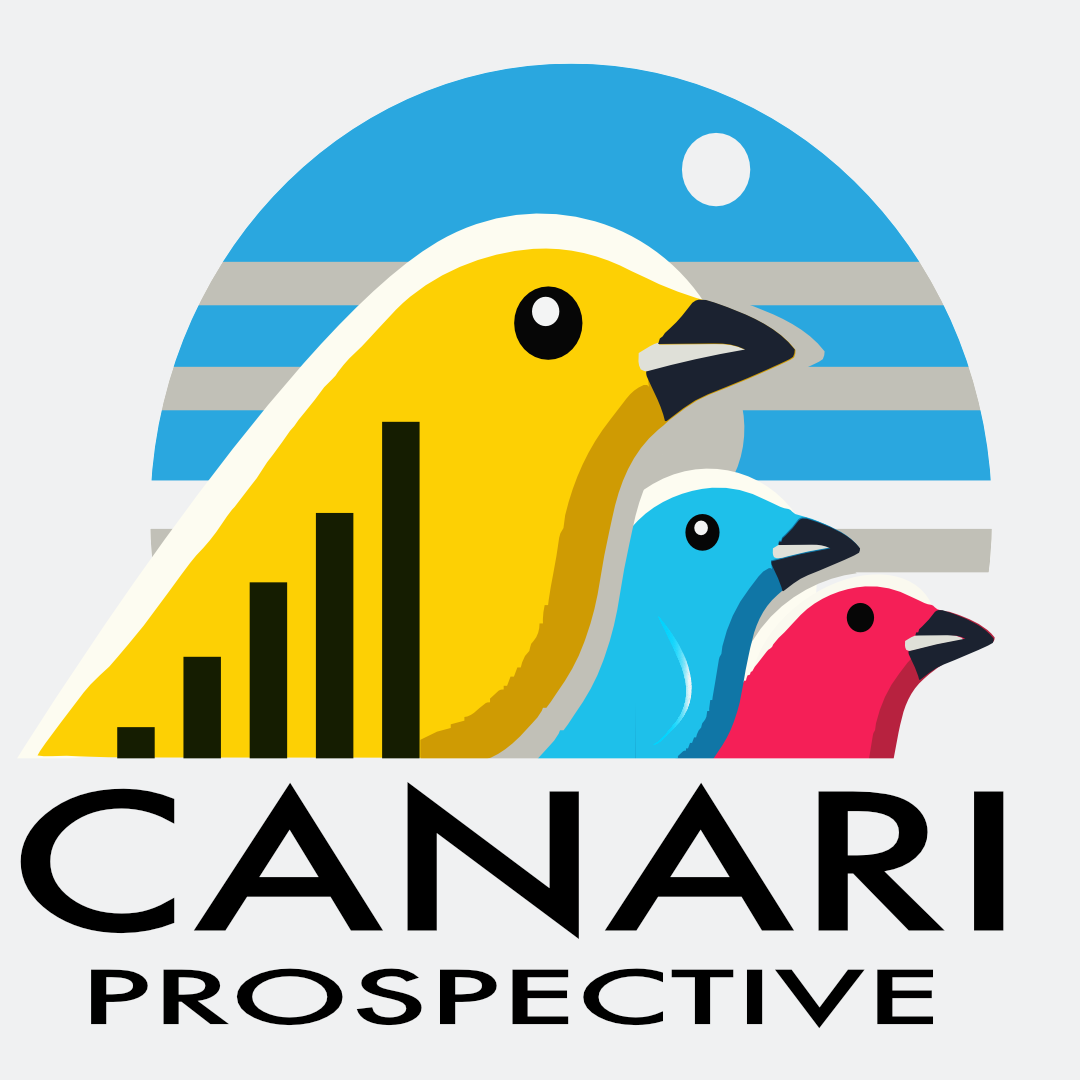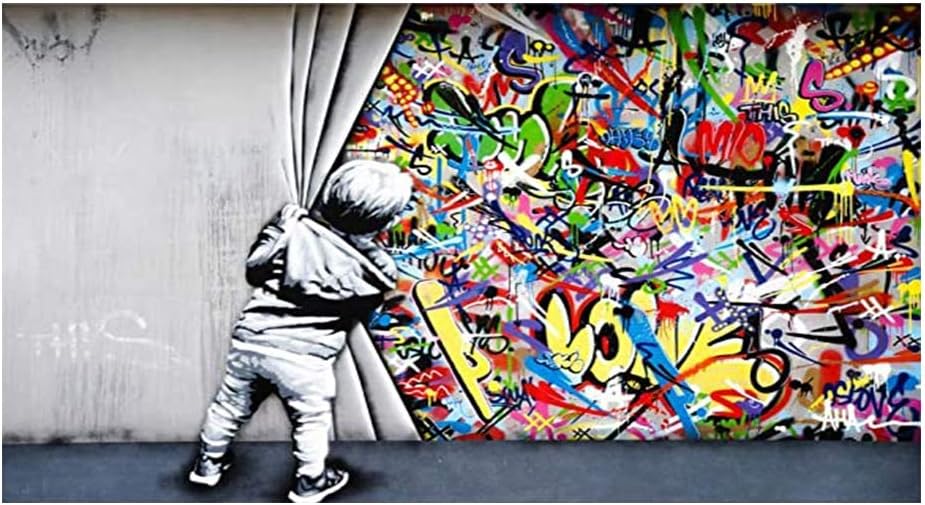Yes, and how many ears must one man have before he can hear people cry?
Yes, and how many deaths will it take till he knows that too many people have died?
-Blowin in the wind, Bob Dylan, 1963
The arts and culture, as mirrors and catalysts of human sensibilities, are fertile ground for foresight. Artists translate complex emotions and realities into a language that is accessible to all, whether visual, musical, literary or performative. In this sense, they often capture, sometimes unconsciously, the tensions and aspirations of an era, offering insights into emerging dynamics.
The arts as indicators of weak signals
In their work, the artists explore themes which, although at first sight marginal or anecdotal, may be ‘weak signals’ heralding social, economic or technological transformations. For example :
- Dystopias in literature and film : They often reflect collective fears linked to contemporary issues such as ecology, authoritarianism or invasive technologies.
- Emerging artistic movements : They reflect the concerns of a generation, whether about social justice, identity or new forms of spirituality.
- Participatory artworks : They signal a growing need for collaboration and human connection.
Cultural mediation techniques to capture the forward-looking essence of the arts
- Collaborative workshops : Offering workshops where artists, researchers and citizens explore societal issues together. The exchanges reveal emerging concerns and ideas.
- Cross-disciplinary analysis of works : Use methods from sociology, psychology and art criticism to identify underlying trends.
- Intergenerational dialogue : Like Bob Dylan, who reflected the tensions of his time, we need to engage different generations in discussions around works of art to capture the fractures and shared aspirations.
- Immersion in alternative cultural spaces : Underground or emerging scenes are often incubators of new ideas, ahead of their time.
Example of a prospective application
In a context where the climate crisis is taking centre stage, artists often approach narratives of resilience or warnings. A work exploring a symbiosis between nature and technology can inspire scenarios of ecological transition. These artistic narratives can then be used to enrich forward-looking scenarios, by adding a human and sensitive dimension.
From intuition to action
Artists do not provide ready-made solutions, but they do offer new ways of looking at the world. Integrating art into foresight means agreeing to exchange analytical tools for emotional tools, making it possible to link data to more accessible and inspiring narratives. Cultural mediation techniques act here as bridges between artistic intuition and strategic thinking.
In short, listening to artists is listening to the times as they whisper about the future.


